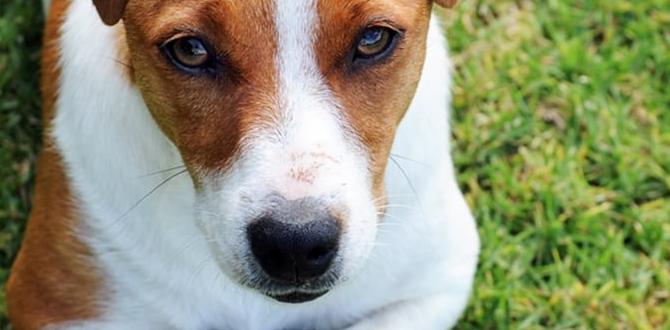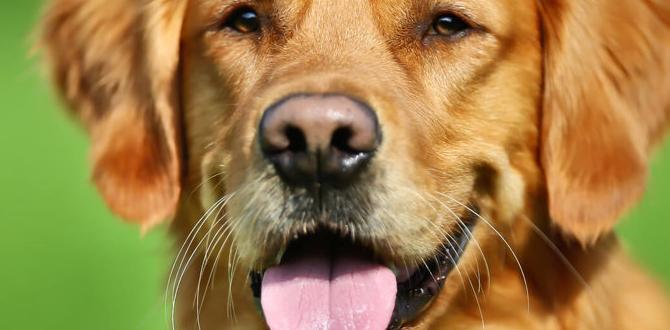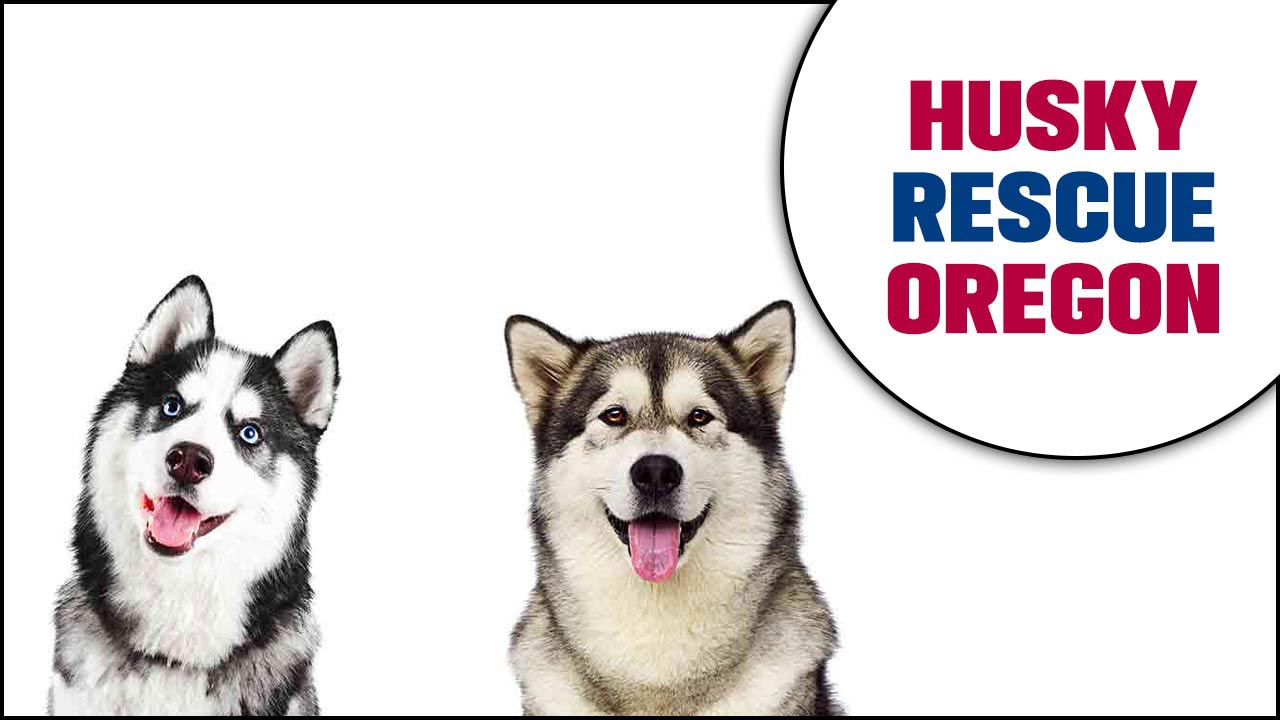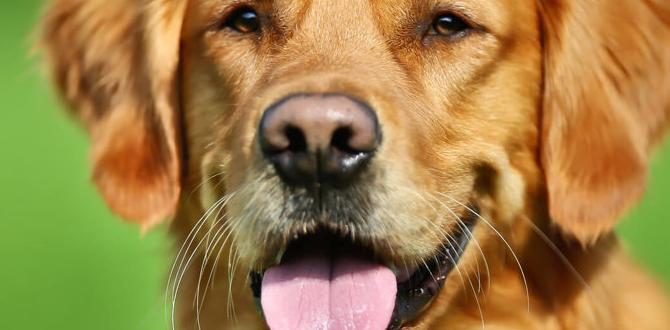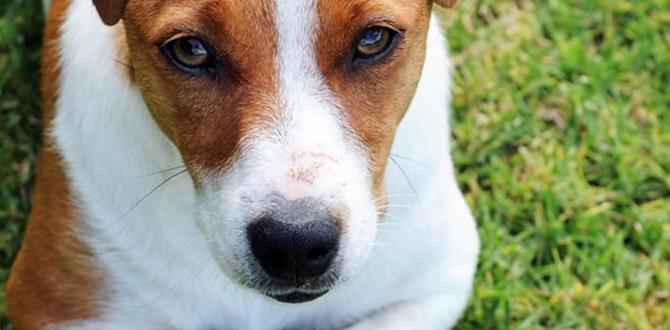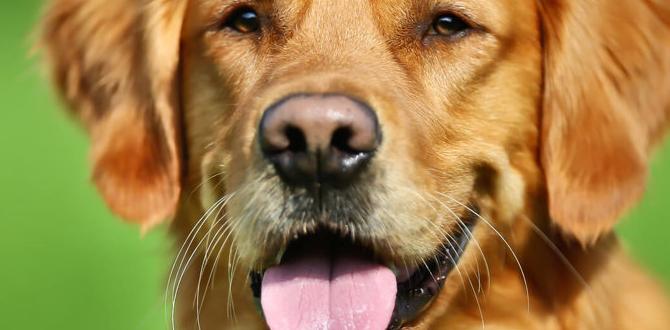Have you ever wondered why some dogs are afraid of thunder? Maybe you’ve seen your own dog hide under the bed when a storm starts. Dogs, like humans, can have fears and phobias. These fearsome feelings could be due to past experiences or things they don’t understand. But don’t worry, there is helpful dog phobias and fears advice that can make things better. Let’s explore how we can help our furry friends feel safe and secure.
Key Takeaways
- Recognize signs of fear in your dog early.
- Follow step-by-step dog phobias and fears advice.
- Use calming techniques to soothe your scared dog.
- Gradual exposure helps reduce your dog’s fears.
- Professional help may be needed for severe cases.
Understanding Dog Phobias and Fears
Dogs can develop fears for many reasons. Sometimes it’s a loud noise, like fireworks, that startles them. Other times, it might be new situations or people. Understanding these fears is the first step to helping them. Our dogs can’t tell us what’s scaring them, so we need to watch their body language. If your dog is shaking, hiding, or barking excessively, they might be scared. Dog phobias and fears advice can guide us in making our pets feel more comfortable.
- Observe your dog’s reactions to different situations.
- Notice signs of stress in your pet’s behavior.
- Learn about common dog phobias.
- Approach your dog calmly when they are scared.
- Provide a safe space for your dog to retreat.
It’s important to be patient with your dog. Fearful dogs need time and a lot of love to overcome their fears. Always approach them with a calm and gentle attitude. This will help build their trust and make them feel secure. Over time, with consistent care and attention, your dog can learn to be less fearful of the things that once scared them.
Fun Fact or Stats : Did you know that about 40% of dogs suffer from noise-related phobias, such as thunder or fireworks?
Signs of a Scared Dog
Have you ever watched your dog tuck their tail between their legs? This can be a big sign that they’re scared. Dogs show their fear in many ways. Some dogs might shake, while others might refuse to move. Understanding these signs is crucial to provide the right dog phobias and fears advice. If you notice your dog acting scared, it’s important to act quickly and calmly. Creating a safe space and offering comfort can make a big difference for them.
Common Causes of Dog Phobias
Why do dogs get scared? The reasons can vary. Some dogs are naturally anxious, while others might have had a bad experience. Loud noises, new environments, or even strange people can trigger their fears. It’s important to identify what causes your dog’s anxiety. Knowing the cause helps you find the right solution. Always remember, your little friend relies on you to help them feel better.
Creating a Safe Space
Does your dog have a favorite hiding spot? Many dogs feel secure when they have a safe place to retreat. You can create a cozy space for them with their favorite blanket or toy. This can be a quiet corner of your home where they can relax without any disturbances. Providing a safe space is part of good dog phobias and fears advice. Over time, your dog will learn that they have a spot where they can feel safe.
How to Help Dogs Overcome Phobias
Helping your dog overcome their fears is a journey. It requires patience and understanding. Start by identifying the specific objects or situations that trigger their fear. Once you know what causes the fear, you can work on desensitizing them. This means gradually exposing them to the fear source in a controlled way. Use positive reinforcement, like treats and praise, to encourage your dog to stay calm. This method is effective and part of great dog phobias and fears advice.
- Identify what triggers your dog’s fear.
- Use positive reinforcement to encourage calm behavior.
- Gradually expose your dog to their fear source.
- Keep training sessions short and positive.
- Consult a professional if needed.
Consistency is key when helping your dog. Repeat the desensitization process regularly. Make sure each session ends on a positive note. This helps your dog associate good feelings with the situation. Over time, their fear will lessen, and they will be more confident.
Fun Fact or Stats : Dogs have been shown to respond well to rewards, with 70% reducing their fear.
Using Positive Reinforcement
Do you know how powerful rewards can be? Dogs love treats and praise. Using positive reinforcement is an excellent way to help reduce their fears. Whenever your dog remains calm in a stressful situation, reward them with a treat or some loving words. This shows them that there’s nothing to fear and that good behavior is recognized. Consistent rewards can make a big difference in how your dog reacts to scary things.
Gradual Exposure Techniques
Have you heard of gradual exposure? It’s like slowly dipping your toe into a pool rather than jumping in. For dogs, slowly introducing them to the things they fear can help reduce anxiety. Start with small steps. For example, if your dog is afraid of the vacuum cleaner, let them see it when it’s turned off. Slowly move to turning it on for a short time. Gradual exposure can be a crucial part of dog phobias and fears advice.
When to Seek Professional Help
Do you ever wonder if your dog needs more help? Sometimes, despite our best efforts, a dog’s fears may persist. In these cases, it can be wise to seek professional help. Animal behaviorists and trainers are skilled in dealing with severe dog fears. They can provide personalized strategies that suit your dog’s unique needs. Never hesitate to ask for help if you feel overwhelmed. Your dog’s well-being is worth it.
Calming Techniques for Anxious Dogs
Calming a scared dog isn’t always easy. However, there are several techniques you can try. One common method is using soothing music to help them relax. Many dogs also respond well to a gentle massage. You can also try using anxiety wraps, which provide a comforting pressure that can help ease their fear. Aromatherapy, like lavender oil, can also have a calming effect. These methods are parts of effective dog phobias and fears advice.
- Play soft music to relax your dog.
- Try gentle massage techniques.
- Use anxiety wraps for comfort.
- Experiment with aromatherapy like lavender.
- Always stay calm and reassuring.
Every dog is different, so it might take some time to find what works best. The key is remaining patient and responsive to their needs. Sometimes, a combination of techniques can be the most effective way to help your dog feel safe and secure.
Fun Fact or Stats : Studies show that classical music can reduce dog anxiety by 50%.
Music and Sounds
Did you know that music can soothe dogs? Just like humans, dogs can find comfort in calming melodies. Playing soft classical music during stressful times can help reduce their anxiety. Dogs have sharp ears, so keep the volume low and gentle. Sounds like nature noises or even a ticking clock might also help. Explore different sounds to see what your dog likes best. Music can be a simple yet powerful tool in your dog phobias and fears advice.
Using Touch and Massage
Have you tried giving your dog a massage? Gentle touch can help calm an anxious dog. Start by stroking their back in slow motions. You can also gently rub their ears and paws. This helps to relax their muscles and provide comfort. Touching your dog in a soothing way shows them that they are safe. It’s a wonderful way to bond and ease their fears at the same time.
Aromatherapy for Dogs
Could scents help your dog relax? Aromatherapy is not just for humans! Certain scents like lavender have calming effects on dogs too. You can use a diffuser or apply a tiny amount of diluted oil to your dog’s bedding. Always ensure the scent is safe for pets. Scents can create a calming environment, which is a beneficial part of dog phobias and fears advice. It’s a gentle way to help your dog feel at ease.
Comparing Different Fear Management Techniques
When it comes to managing dog phobias, there are several techniques to consider. Each dog is unique, so some methods might work better than others. It’s essential to understand the pros and cons of each approach. Desensitization, positive reinforcement, and calming techniques all have their benefits. Choosing the right method depends on your dog’s needs and the severity of their fears. Let’s compare some common approaches in a helpful table.
| Technique | Pros | Cons |
|---|---|---|
| Desensitization | Gradual exposure, can reduce fear over time | Requires patience and consistency |
| Positive Reinforcement | Encourages good behavior, builds positive associations | May take time to see results |
| Calming Techniques | Immediate comfort, various options available | May not address root cause of fear |
| Professional Help | Expert guidance, personalized strategies | Can be costly |
Choosing the right technique can be a matter of trial and error. It’s important to be patient and attentive to your dog’s responses. Sometimes, a combination of methods is needed to achieve the best results. Remember, every dog is different, and what works for one may not work for another.
Fun Fact or Stats : Over 60% of dog owners find success with a mix of techniques.
Understanding Your Dog’s Needs
Have you ever thought about what makes your dog unique? Each dog has its personality and preferences. Understanding what makes them comfortable or anxious is crucial. Spend time observing their behavior to see what calms them down. This understanding can guide you in choosing the right fear management technique. Remember, your dog depends on you to keep them safe from their fears.
Combining Different Techniques
Have you tried mixing different methods to help your dog? Sometimes, combining techniques can be more effective. For instance, you can use calming music while practicing desensitization. Offering a treat after a successful session adds positive reinforcement. Experiment with different combinations to see what works best for your dog. This flexible approach is beneficial for addressing complex phobias.
Evaluating Success
How do you know if your approach is working? It’s important to monitor your dog’s progress over time. Look for signs of reduced anxiety and increased confidence. Keep track of their behavior in a journal. Celebrate small victories and adjust your methods as needed. Measuring success helps you stay motivated and ensures that your dog phobias and fears advice is effective.
Conclusion
Helping your dog overcome their fears is a loving journey. With patience and dog phobias and fears advice, you can support your furry friend. Remember, every dog is unique and may need a different approach. Stay patient and persistent. Soon, your dog will feel safer and more confident in their world.
FAQs
Question: Why is my dog afraid of thunder?
Answer: Thunder can be loud and startling for dogs. The sound is often unexpected and frightening. Dogs also sense changes in air pressure, which can add to their anxiety. Using dog phobias and fears advice, like creating a safe space, can help soothe them.
Question: Can I train my dog not to be scared?
Answer: Yes, you can help reduce your dog’s fears with patience and training. Techniques like desensitization and positive reinforcement are effective. It’s important to go at your dog’s pace and provide plenty of encouragement and rewards.
Question: What should I do if my dog’s fears get worse?
Answer: If your dog’s fears worsen, consider seeking professional help. Dog trainers and behaviorists can offer specialized dog phobias and fears advice. They can design a plan tailored to your dog’s needs, helping them feel better.
Question: How long does it take to reduce a dog’s phobia?
Answer: The time it takes varies for each dog. Some dogs may show improvement quickly, while others might need more time. Consistency and patience are key. Keep using positive reinforcement and other techniques to support your dog.
Question: Are calming products safe for dogs?
Answer: Many calming products, like anxiety wraps and aromatherapy, are generally safe for dogs. However, always check with a vet before trying new products. They can provide dog phobias and fears advice to ensure you’re using safe options.
Question: How can I comfort my dog during a fireworks show?
Answer: Fireworks can be frightening for dogs. Provide a safe space away from the noise. Use soothing music or sounds to mask the noise. Comfort your dog with gentle touches and stay calm yourself to reassure them.
Meet Elyse Colburn, the devoted canine companion and storyteller behind the enchanting world of “Tales, Tails, and Adventures Unleashed.” A passionate dog enthusiast with a heart full of paw prints, Elyse Colburn shares heartwarming tales and insightful adventures, celebrating the joy, loyalty, and endless antics that make every dog a true hero. Join Elyse Colburn on this tail-wagging journey, where every post is a love letter to our four-legged friends.

